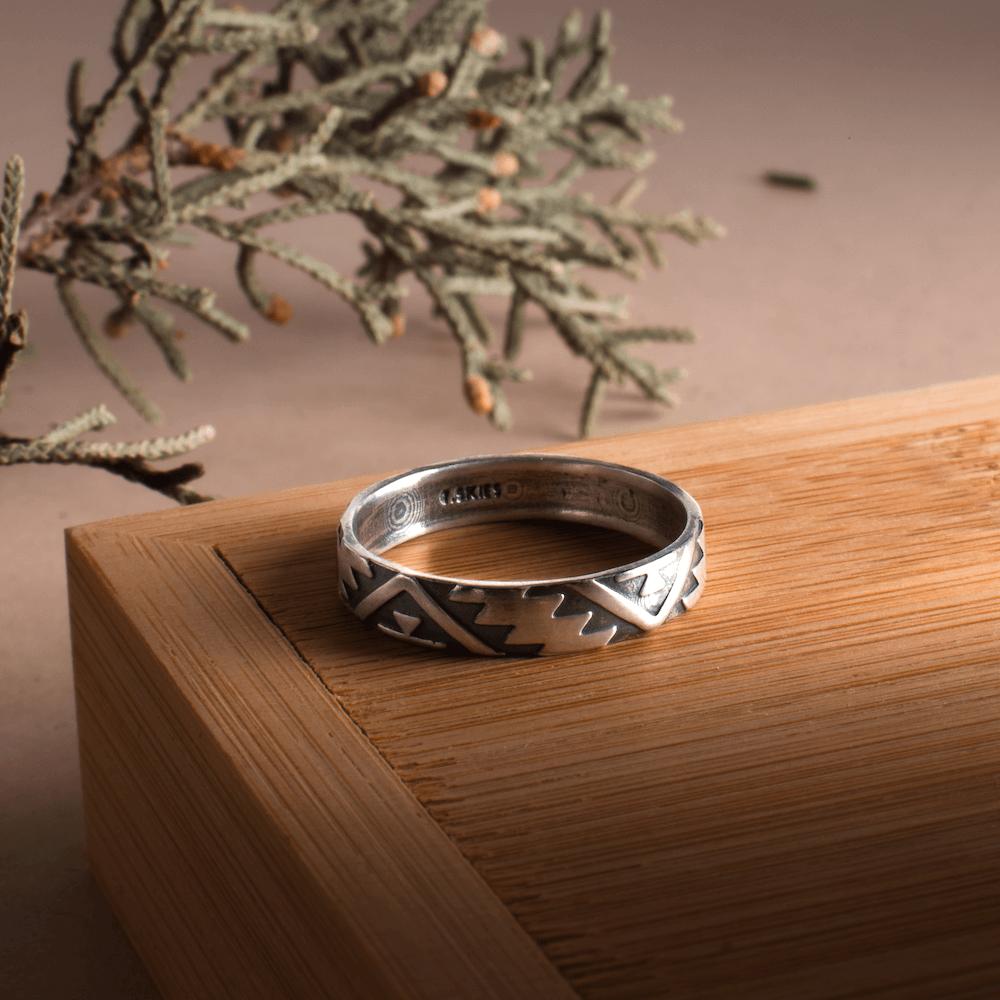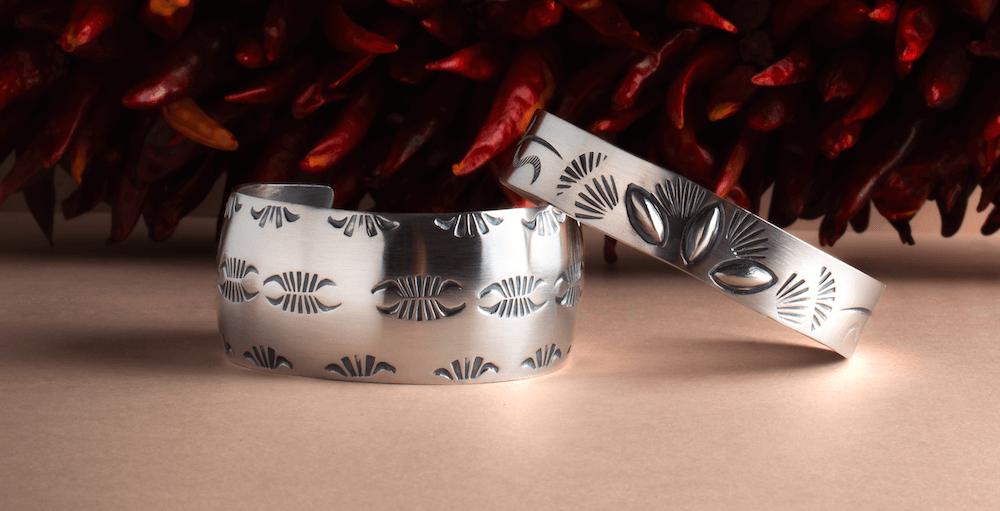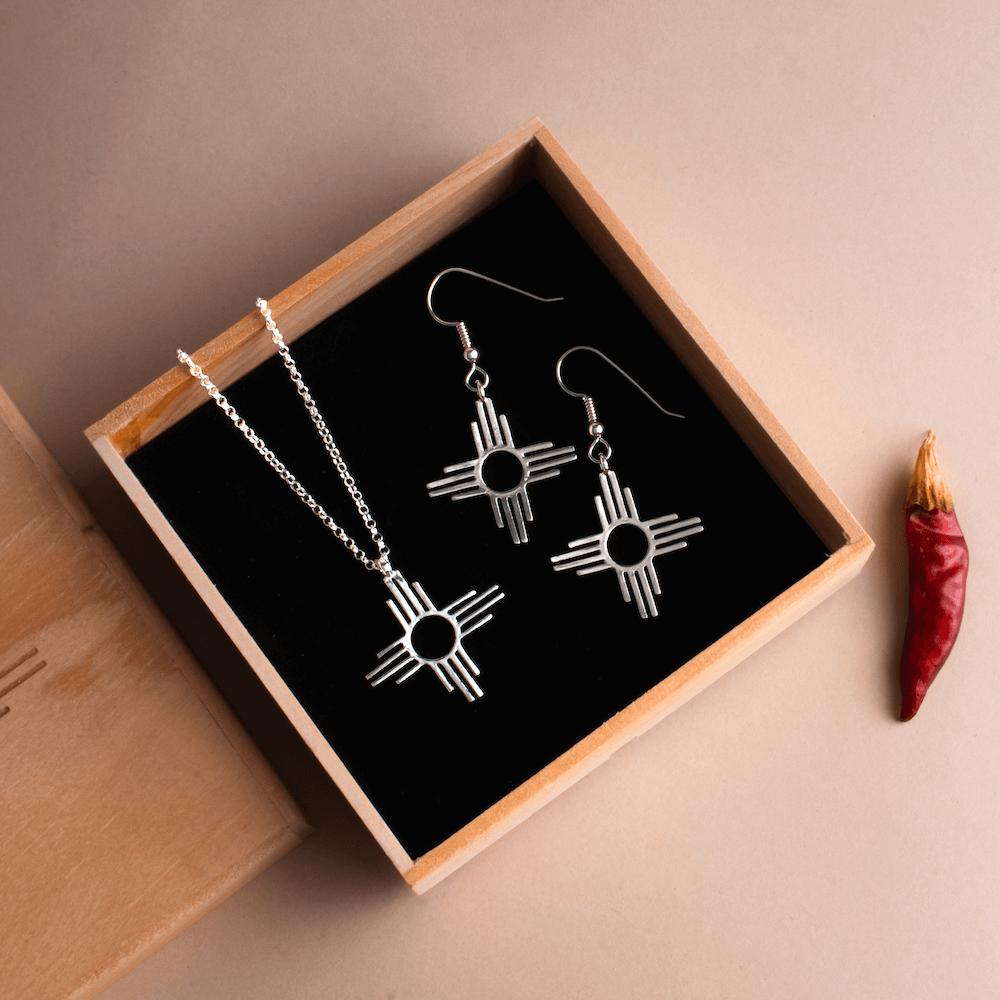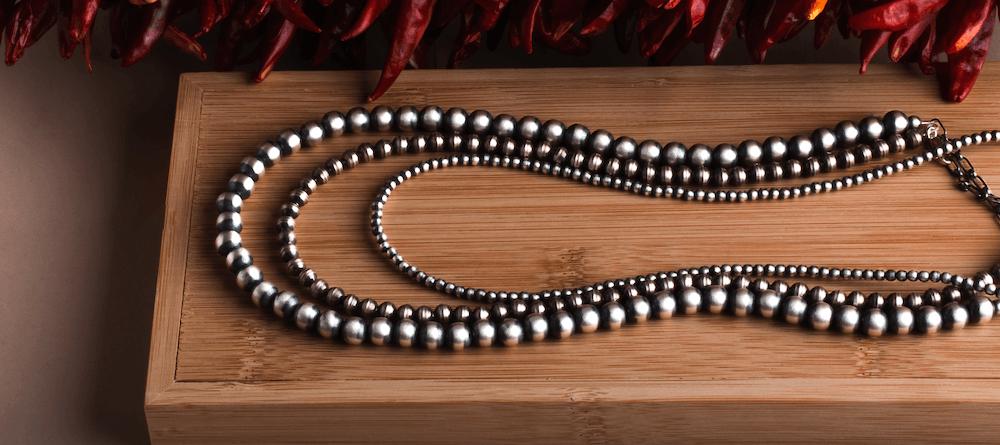Journal
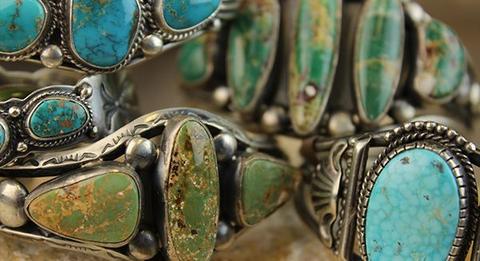
As you may know turquoise stones are like snowflakes, no two are the same. When turquoise is pulled from the earth it has a unique fingerprint. This is caused by unique elements that affect the stone during formation, such as host rock composition, elevation, pressure and temperature. This causes the stones to display variations of […]
Continue reading
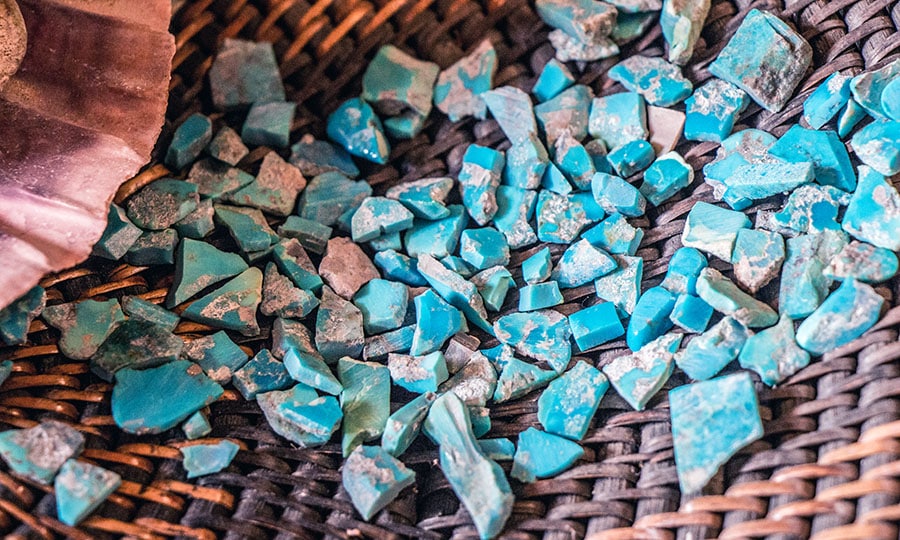
The idea of “natural” in the turquoise industry can be a little confusing. We often hear consumers and collectors ask if a piece of turquoise is real, if it is natural, or if it is imitation. What does that even mean? To start, I want to define some common terms. By definition, the term “natural” refers […]
Continue reading
“If you’re going to spend money on a piece, you’ll want to know what it is.” That’s the opinion of jeweler James Baldwin and it’s one most buyers likely share. Authenticity is an important part of a sale. Getting exactly what you want for the money you spend makes the whole deal sweeter. It is […]
Continue reading
What is Enhanced Turquoise? Enhanced turquoise means that the stones have been treated to become better than the stone’s raw state. Most raw natural turquoise is a fairly brittle and porous material. The stone’s color can fade or change over time, and the stone itself is subject to cracking. High-grade turquoise stones don’t have many of these […]
Continue reading
Is Reconstituted Turquoise Real Turquoise? At first glance, this looks like natural turquoise. But in reality this is reconstituted turquoise. It might have some real turquoise mixed in it during the making of it, but it is not considered natural. This type of turquoise is very common in the market, and it is also one of […]
Continue reading








